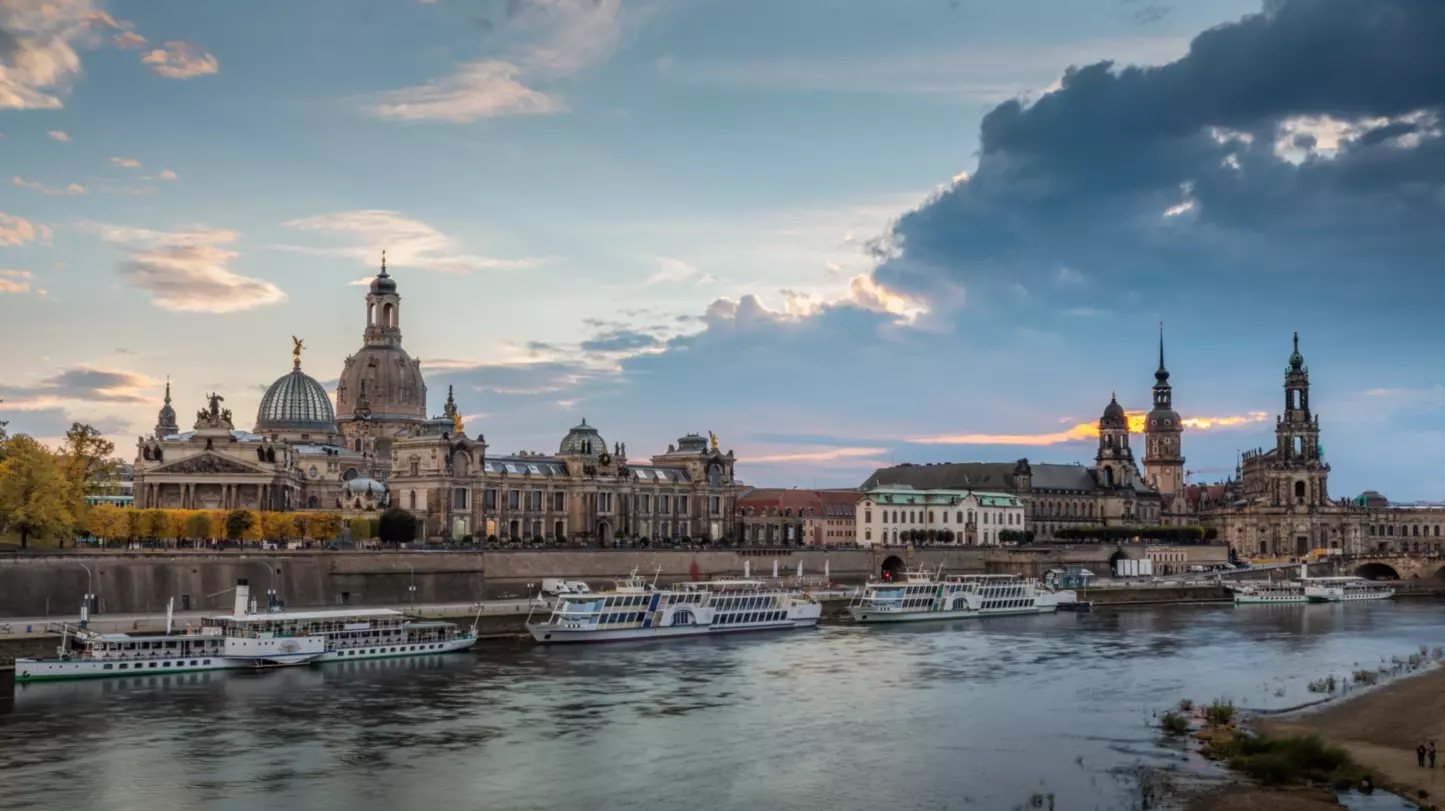The tourism sector is poised to return almost to 2019 levels, almost matching the value of the global gross domestic product generated in the last pre-Covid year, when the sector was at its peak, by only 5% less. This is what emerges from estimates by the World Travel & Tourism Council, according to which tourism will reach USD 9.5 trillion by the end of 2023, with 34 countries having already surpassed 2019 levels. This growth builds on a recovery trend already underway in 2021 (+24.7%) and 2022 (+22%), thanks to the easing of the pandemic emergency, although the Russian-Ukrainian war and the prolonged restrictions in China have had a significant impact in dampening the global recovery.
In the era of ecological and digital transition, the global community is called upon to rethink and enhance alternative tourism routes, where sustainability and innovation can be paired with the beauty of natural places, the travel experience and the encounter with local cultures. Under this lens, Infra The Mundys Journal has selected a list of five destinations to discover for travel this summer, inspired by Lonely Planet's 30 ‘Best in Travel 2023’ destinations. Let's find out together.
Malta
Halfway between Europe and Africa, in the heart of the Mediterranean, Malta has always been one of the most sought-after destinations for tourism, offering visitors the most varied formulas of residence, from five-star resorts to study trips to camping sites. Beautiful beaches, such as the golden one at Ramla Bay, offer the possibility of a relaxing holiday. The archipelago is at the forefront of sustainability and, in particular, Malta was honoured by the EU with the Eden Awards (European Destinations of Excellence), a recognition for its efforts in this regard, in 2016. This can already be observed when docking at the port in Valletta, where a shore-to-ship electrification system allows cruise ships to dock, without having to consume fuel. Thanks to this system, called Nidec Asi, it is estimated that almost 40 tonnes of pollutant emissions are saved per year.
Machu Picchu, Peru
Peru has invested heavily over the years to attract visitors through ‘green’ travel formulas. Every year, Green Destination lists the one hundred best destinations for sustainable tourism, and it is no coincidence that nine of the 2021 list were Peruvian. Among the various initiatives, mention must be made of the zero-emission solar boat, ‘Amazon Dolphin Adventure’, which allows one to ply the waters of the mythical Amazon River, admiring the pink dolphin and without emitting greenhouse gases. Peru also boasts the first tourist attraction certified ‘Carbon Neutral’ by the Green Initiative, the UNESCO World Heritage site Machu Picchu, the third largest archaeological site in the world and one of the seven wonders of the modern world. Among the many initiatives is the installation of a plant for waste treatment and the production of natural charcoal (biochar).
Dresden, Germany
The history of Dresden is one of rebirth and constant change over the centuries. Afflicted by wars and environmental disasters, it was among the most important industrial centres of the German Democratic Republic, being completely rebuilt in the decades after the Second World War and the Cold War. The old town centre has been remade almost the same as it once was, but the capital of Saxony does not look back; on the contrary, it shows itself to be in the vanguard, in urban design and environmental goals. Examples of sustainable architecture include the power station, which has been converted into a cultural building, and the Volkswagen Group's Glass Factory, where almost 300 trees have been planted and special lamps included to protect the insects. The city centre follows the trend of car-free cities and has an advanced and efficient transport system. Shared bikes were made available to citizens and bicycle lanes were built. The city aims to achieve climate neutrality by 2030.
Fukuoka, Japan
Fukuoka is the fastest growing city in Japan and probably also the most innovative, a perfect example of a smart city. Overlooking the Sea of Japan, it has become fertile ground for innovative companies and a number of innovation hubs have sprung up such as Fukuoka Growth Next. Major investments in the 5G network and in new technological solutions such as self-driving cars and telemedicine should be highlighted.
The city is mainly populated by young people, many of them foreigners, attracted by the dense innovative and cosmopolitan fabric. Fukuoka also has a traditional soul. The old town is built around the castle, within which there are numerous gardens. The city offers a well-balanced compromise between city life and contact with nature. In addition to the many green spaces, nearby beaches and mountains are within easy reach, such as the Momochi waterfront or Keya Beach.
Palawan, Philippines
Considered by many admirers to be ‘the most beautiful island in the world’, this archipelago is endowed with a vast biodiversity of flora and fauna, protected by special rules and initiatives to preserve its richness. Mass tourism poses a risk to the environment and often causes damage to ecosystems, but Palawan has decided to head in the opposite direction. ‘Slow tourism’ is based on the pleasure of experiencing places and immersing oneself in the details: fewer people, perhaps, but more interested in fully discovering the beauty of the place and the local culture. For example, using share-based transport solutions that minimise environmental impact, such as boats and buses. The tourist board has eliminated plastic and promoted activities for waste management, beach cleaning and underground aquifers.
